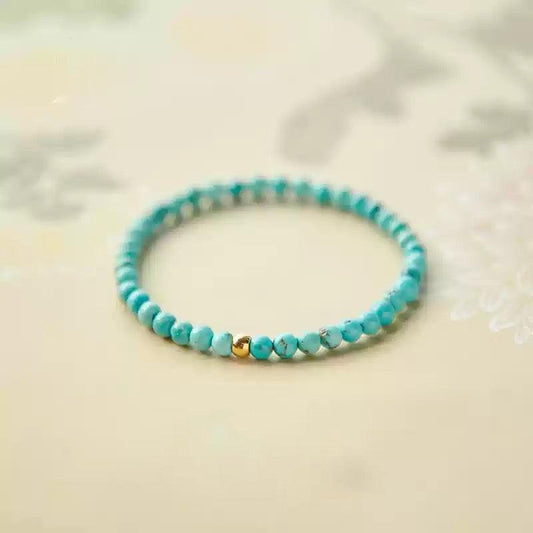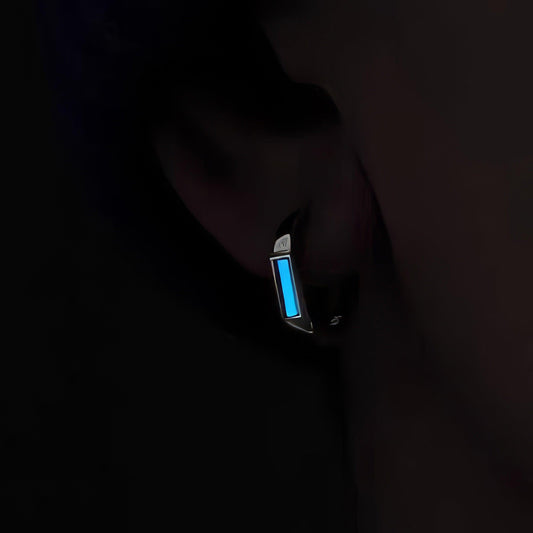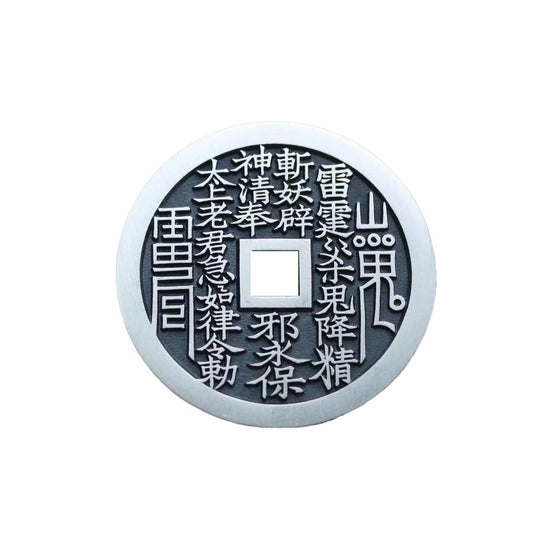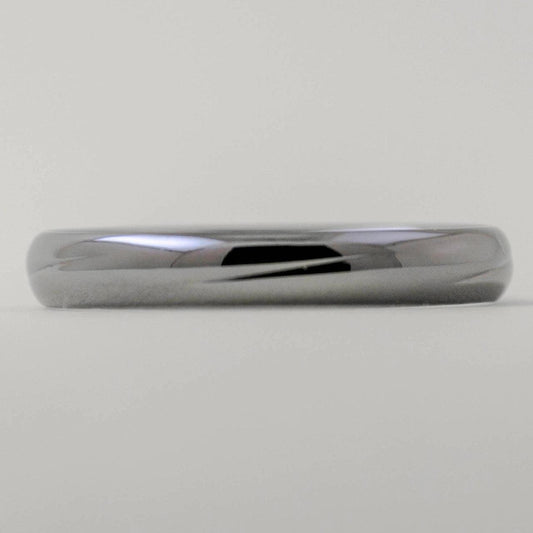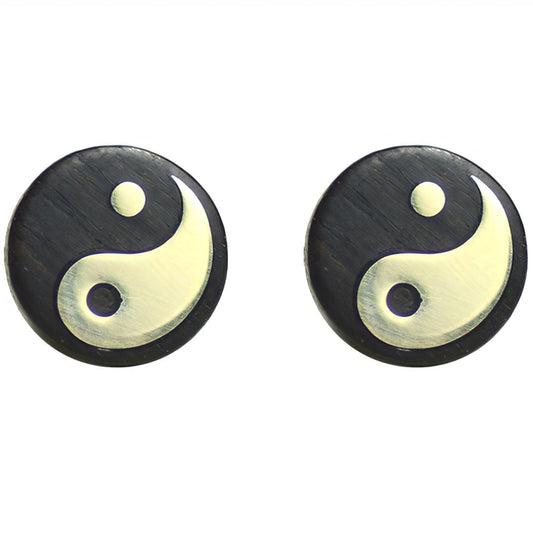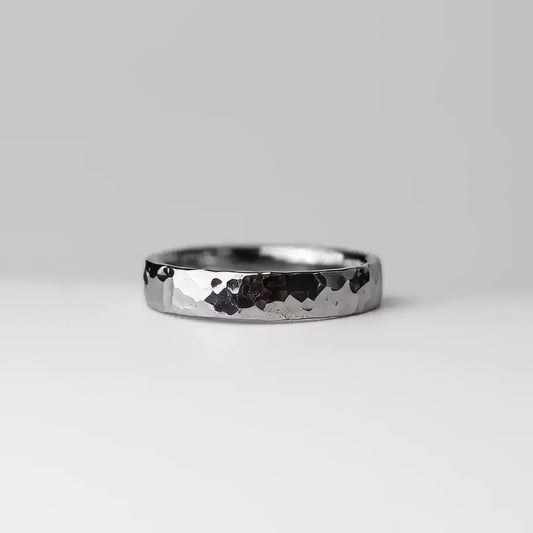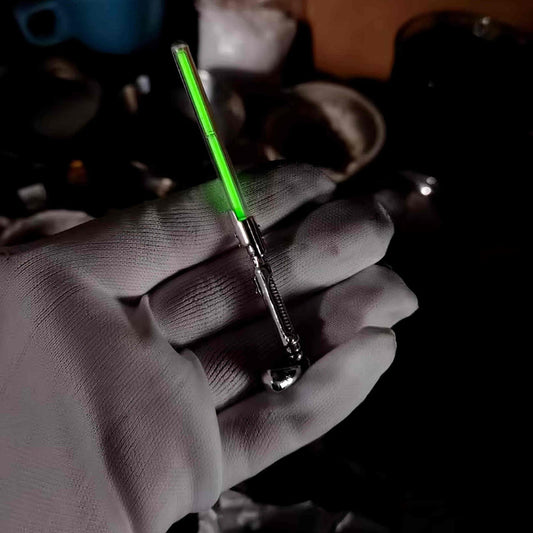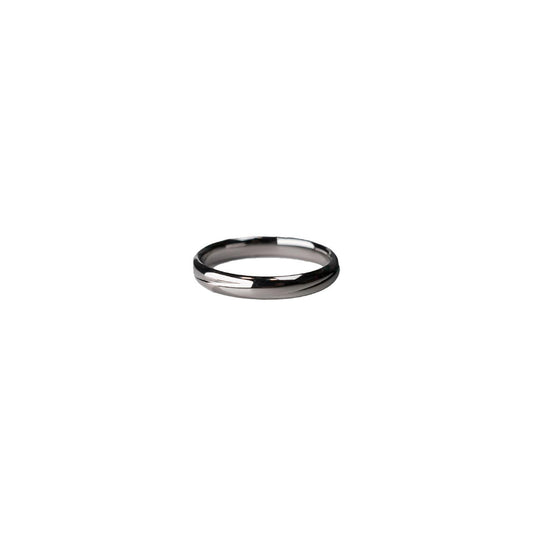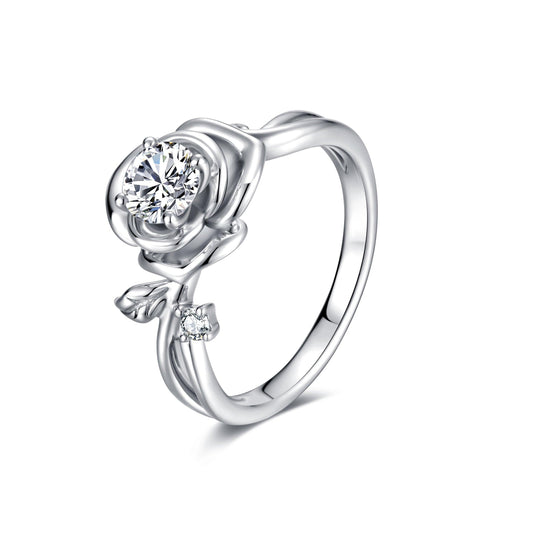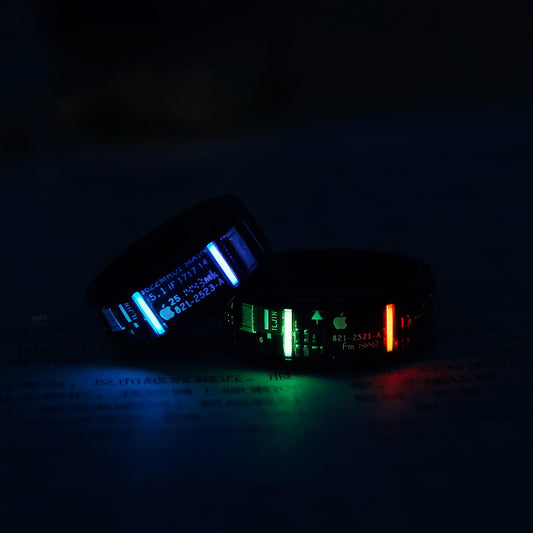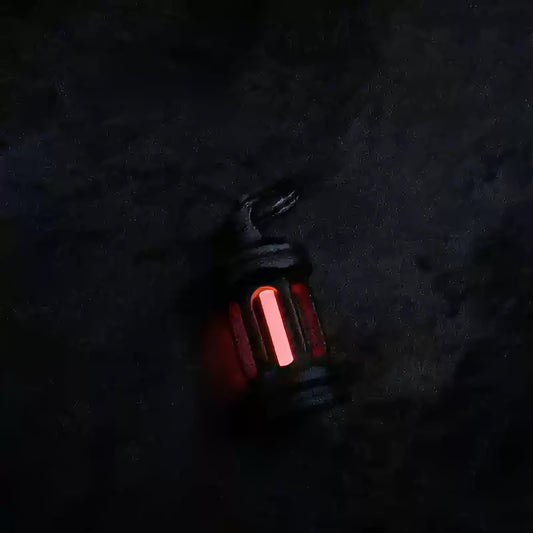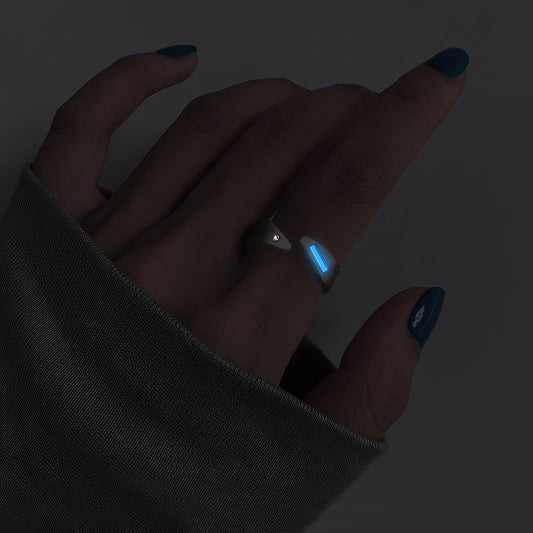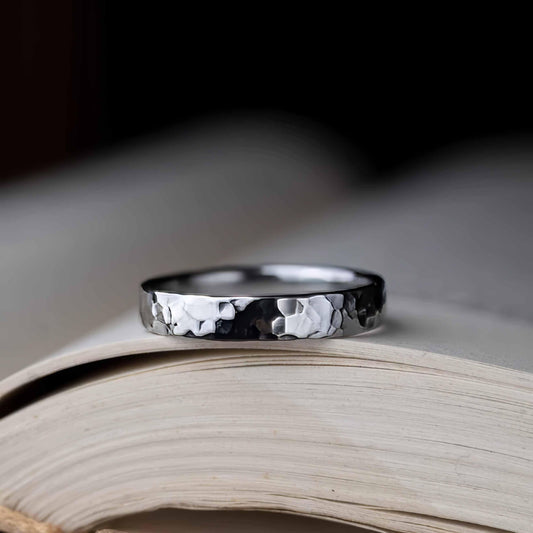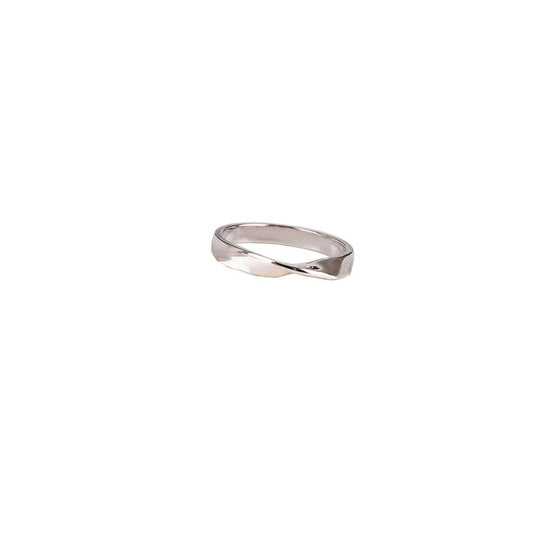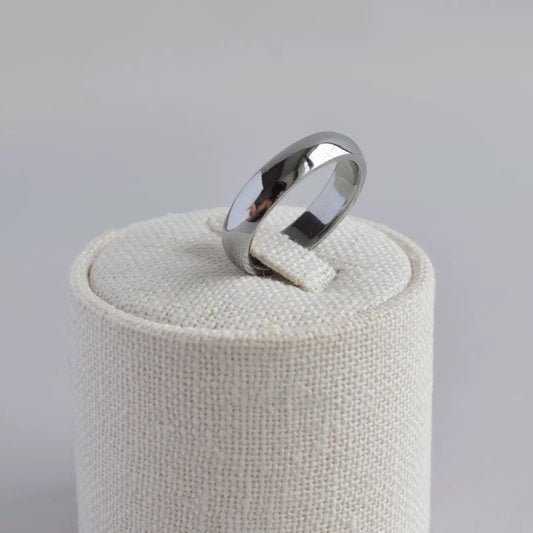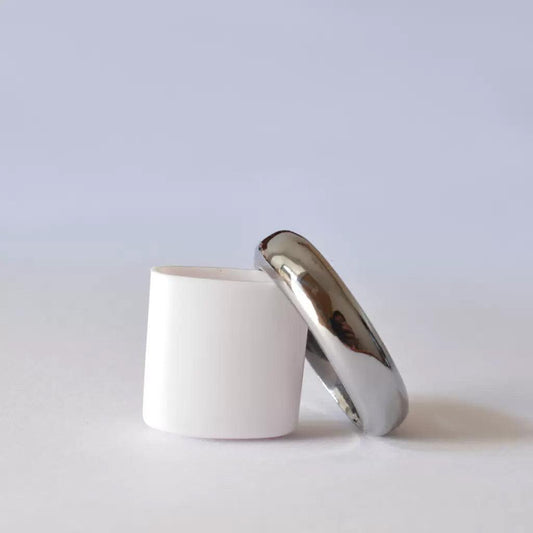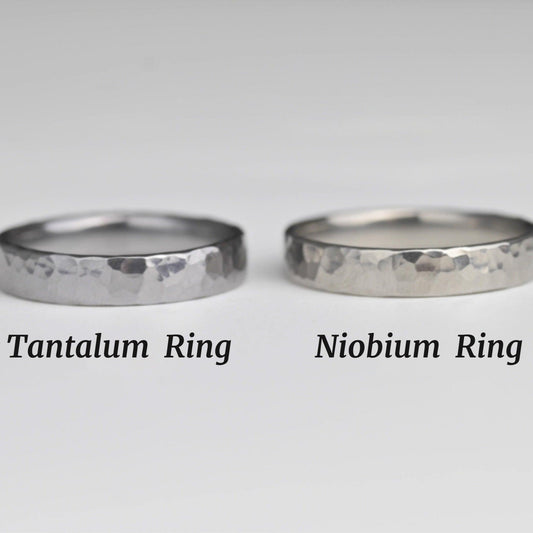The Allure of Artificial Diamonds A Modern Choice
The Allure of Artificial Diamonds A Modern Choice
There’s something about a sparkling diamond that captivates the eye and tugs at the heart. Whether it’s the way a stone glistens in the sunlight or the promise it symbolizes on a long-awaited engagement day, diamonds have held a place of reverence for centuries. However, a shift is occurring in the world of gemstones. Artificial diamonds—those created in laboratories rather than mined from the earth—are becoming not just an acceptable alternative but often a preferred choice.
In a small, cozy café where I regularly meet friends for weekend brunches, the discussion inevitably veered to engagements when a friend flashed a stunning ring across the table. The conversation flowed from proposals to diamond shopping, which led us to an interesting debate: are lab-grown diamonds actually better? One might think that something engineered rather than naturally formed could lack authenticity or allure, but that couldn’t be further from the truth.
One significant factor that makes artificial diamonds appealing is their environmental impact—or lack thereof. Traditional diamond mining is fraught with ecological concerns. The process is invasive, often leading to deforestation, soil erosion, and disruption of local ecosystems. In contrast, lab-grown diamonds are created in controlled environments, eliminating the need for large-scale environmental disturbance. For those of us trying to lower our carbon footprint and make more eco-conscious choices, the lab-grown option offers a guilt-free sparkle.
Beyond ethics, there’s a financial angle that’s hard to ignore. Artificial diamonds typically come with a friendlier price tag compared to their mined counterparts. My cousin Sarah, who recently got engaged, confided that choosing a lab-grown diamond meant she could invest the saved money in other meaningful aspects of her wedding. She laughed as she reminisced about the extra cash they used to upgrade their honeymoon to a once-in-a-lifetime trip to Iceland. Stories like hers demonstrate that choosing a lab-grown diamond doesn’t only affect the ring's aesthetics but also allows couples to allocate more resources to building memories.
The aesthetic quality of artificial diamonds is another compelling reason for their rising popularity. Composed of the same chemical structure as natural diamonds, they are indistinguishable even to the most discerning eye without specialized equipment. The precision with which these diamonds are crafted often results in fewer inclusions, leading to a clarity and brilliance that can sometimes surpass natural stones. It’s fascinating to think that technology has advanced to the point where human craftsmanship can rival nature’s creations.
Some purists might still argue that lab-grown diamonds lack the intrinsic historical value of mined stones. Yet, isn't the idea that a perfect, sustainable gem can be crafted by human ingenuity equally enchanting? It’s a reflection of where we are heading as a society—marrying tradition with progress, creating beauty without the excess baggage of compromise.
In a world that’s increasingly aware of the impact of consumer choices, the shift toward artificial diamonds echoes a broader cultural movement. While each diamond, whether lab-grown or mined, will uniquely signify personal stories and life’s significant moments, the growing acceptance of lab-created stones signals a modern romance with sustainability, economic sensibility, and timeless elegance. So next time you're dazzled by a friend's engagement ring, don't shy away from asking if it's a product of nature or nurture. You might just find a new story to admire.
